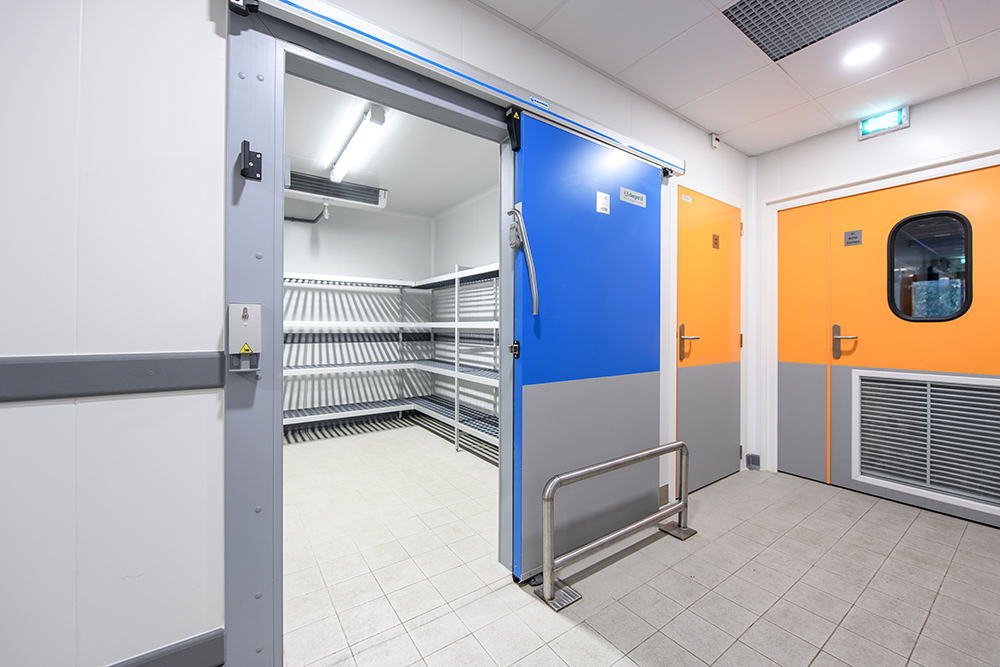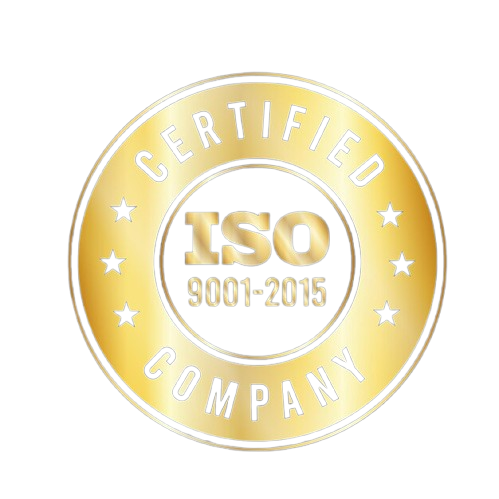Top 5 Innovations in Cleanroom Filtration Systems
Maintaining stringent air quality standards is essential in cleanrooms, where even microscopic contaminants can impact product quality, safety, and compliance. Cleanroom filtration systems are central to achieving this, capturing particles, microorganisms, and other pollutants to maintain the desired ISO classification. As industries such as pharmaceuticals, biotechnology, electronics, and medical devices require higher cleanliness levels, cleanroom automation and smart technologies are revolutionizing filtration systems, offering unprecedented efficiency, contamination control, and energy savings.
Wise Link is at the forefront of cleanroom innovation, delivering filtration systems that leverage advanced technology to optimize air quality, support sustainability, and reduce operational costs. This guide explores five cutting-edge innovations in cleanroom filtration, highlighting the ways these advancements are transforming air quality management for industries that depend on reliable contamination control.
1. Smart Filters with Real-Time Monitoring and Self-Adjusting Capabilities
Traditional filtration systems often rely on periodic maintenance schedules to ensure optimal performance. However, smart filters equipped with IoT sensors now offer real-time monitoring, providing continuous feedback on filter performance, particle concentration, and airflow rates. These sensors detect when filters become clogged or inefficient and can even alert operators or initiate self-adjusting protocols.
Key Benefits:
- Real-Time Feedback: Provides immediate data on air quality, allowing operators to address issues promptly.
- Reduced Maintenance Costs: Monitoring filter condition in real-time enables predictive maintenance, replacing filters only when necessary and extending their lifespan.
- Self-Adjusting Systems: Some smart filters can adjust airflow or filtration levels automatically based on contamination levels.
Wise Link’s Approach: Our cleanroom filtration solutions incorporate smart sensors and monitoring tools that allow clients to maintain consistent air quality while reducing operational costs. This real-time monitoring supports efficient filtration and minimizes the risk of undetected contamination.
2. HEPA and ULPA Filters with Low Resistance and High Efficiency
HEPA (High-Efficiency Particulate Air) and ULPA (Ultra-Low Particulate Air) filters have long been the standard in cleanroom filtration, capturing up to 99.999% of particles. Recent innovations have focused on enhancing these filters to provide low-resistance designs, which maintain high filtration efficiency while minimizing airflow resistance and energy consumption.
Advantages of Low-Resistance HEPA and ULPA Filters:
- Energy Efficiency: Reduced resistance means HVAC systems use less energy to push air through the filters, cutting down on operational costs.
- Consistent Airflow: Low-resistance filters maintain stable airflow, essential for cleanrooms with strict air change requirements.
- Extended Filter Life: Lower pressure drops reduce the strain on filters, extending their lifespan and reducing replacement frequency.
Wise Link’s Filtration Solutions: We offer high-efficiency HEPA and ULPA filters that incorporate low-resistance technology, ensuring cleanroom air quality while reducing energy consumption. These filters are ideal for clients focused on sustainability and cost-effectiveness.
3. Electrostatic Precipitators and Advanced Particle Capture
Electrostatic precipitators represent a major advancement in particle capture technology. These systems use an electrostatic charge to attract and trap particles, providing an effective method for removing airborne contaminants without relying solely on traditional HEPA filters. Electrostatic filtration is particularly effective for ultrafine particles, enhancing overall air quality and supporting compliance with higher ISO classifications.
How Electrostatic Precipitators Work:
- Particle Attraction: Air passes through an ionizing section, where particles acquire an electrical charge.
- Collection on Plates: The charged particles are then attracted to oppositely charged collection plates, where they are trapped and removed from the air.
- Reduced Filter Load: By capturing particles before they reach HEPA filters, electrostatic precipitators reduce filter load and extend filter life.
Wise Link’s Electrostatic Filtration Options: We provide clients with electrostatic filtration systems as a complement to traditional HEPA and ULPA filters, enhancing particle capture while supporting long-term cost savings through extended filter life.
4. Ultraviolet Germicidal Irradiation (UVGI) for Pathogen Control
Ultraviolet Germicidal Irradiation (UVGI) technology has gained popularity for its ability to neutralize airborne microorganisms. UVGI systems use ultraviolet light to deactivate pathogens, preventing their spread and reducing contamination risks. This technology is especially beneficial in cleanrooms used for pharmaceutical manufacturing, healthcare, and biotechnology, where pathogen control is critical.
Advantages of UVGI in Filtration Systems:
- Enhanced Pathogen Control: UVGI can eliminate bacteria, viruses, and other microorganisms, providing an extra layer of protection beyond particle filtration.
- Reduced Chemical Dependency: UVGI reduces the need for chemical disinfectants, supporting safer and more sustainable cleaning practices.
- Integration with Existing Filtration: UVGI systems are often combined with HEPA and ULPA filters to provide comprehensive contamination control.
Wise Link’s UVGI Solutions: We integrate UVGI systems into cleanroom filtration setups, giving clients an effective means of managing microbial contamination and supporting compliance with healthcare and pharmaceutical industry standards.
5. Self-Cleaning and Regenerative Filtration Systems
Innovations in self-cleaning and regenerative filtration systems are helping to reduce maintenance demands in cleanrooms. Self-cleaning filters use automated cleaning cycles to remove trapped particles, while regenerative filters can restore their efficiency over time, providing a cost-effective solution that maintains high air quality without frequent replacements.
How Self-Cleaning and Regenerative Filters Work:
- Automated Cleaning Cycles: Self-cleaning filters use reverse airflows or mechanical systems to dislodge particles, maintaining consistent airflow and reducing filter clogs.
- Regenerative Filter Technology: Regenerative filters are designed to restore their filtering capacity, offering a longer lifespan and reducing the need for constant replacements.
- Improved Efficiency and Lower Costs: These systems reduce both the frequency of maintenance and the cost of replacement filters, supporting sustainable cleanroom operations.
Wise Link’s Self-Cleaning Filtration Solutions: Our cleanroom filtration systems include self-cleaning and regenerative options, providing clients with efficient, low-maintenance solutions that support long-term operational efficiency and sustainability.
Conclusion: Transforming Cleanroom Filtration with Smart Technologies
The latest innovations in cleanroom filtration systems are revolutionizing contamination control, energy efficiency, and operational sustainability. From real-time monitoring and low-resistance filters to UVGI pathogen control and regenerative technologies, these advancements allow cleanrooms to maintain the highest standards of air quality with minimal energy and maintenance costs.
At Wise Link, we specialize in delivering smart, high-performance filtration solutions tailored to the needs of cleanroom operators. Our focus on innovation ensures that clients receive advanced systems that not only support cleanliness standards but also enhance efficiency and sustainability. If you’re ready to explore the future of cleanroom filtration, contact Wise Link today to learn how our solutions can help you achieve optimal air quality and operational savings.
Upgrade Your Cleanroom with the Latest in Smart Filtration Technology
Achieve exceptional air quality, efficiency, and cost savings with Wise Link’s innovative filtration solutions. From real-time monitoring to self-cleaning and UVGI systems, our advanced cleanroom filtration technologies keep your environment clean, compliant, and sustainable. Contact us today to discover how our smart technologies can revolutionize your cleanroom filtration system.




